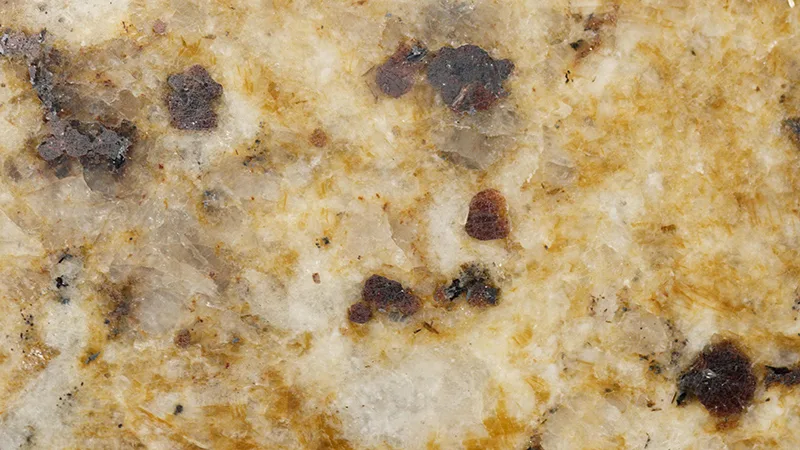As the Earth’s climate continues to shift and evolve, the implications for our health and environment become more dire. One pressing concern is the threat of fungi. In fact, a surge in fungal diseases and their evolving resistance could present significant challenges in the years to come. In this blog, our team at MoldGone wants to explain the threat of fungi, notably Valley Fever, and how it impacts residents of Northern Arizona. Keep reading to learn more.
Why Has Valley Fever Surged in Recent Years?
Valley fever was a relatively rare fungal disease in the early 2000s. However, by 2019, cases had skyrocketed, increasing almost seven times. This fungal disease is no longer an isolated incident — fungi are appearing in regions previously unaffected.
Scientists attribute this expansion and intensification to climate change. As temperature and precipitation patterns shift, the natural habitats of these fungi expand. Furthermore, climatic events like wildfires and dust storms can help disperse these fungi over vast distances.
Have Fungi Always Affected Humans?
For much of history, fungi have been the underdogs of pathogens. They largely slipped under the radar because the high body temperature of mammals inhibits their growth. This is why they have historically been more common in amphibians, fish, and reptiles — cold-blooded animals.
Human’s natural defense is our warmth, which has kept most fungal threats at bay. However, with global temperature on the rise, many fungi are rapidly adapting, growing their resistance to heat and breaking through barriers that once kept them in check.
How Does This Affect People in Northern Arizona?
Northern Arizona, a region already prone to climate-induced factors, such as droughts and wildfires, is experiencing an increased risk of fungal diseases. In fact, this region has seen a higher number of valley fever cases.
The shifting weather patterns make the environment conducive to fungal growth and dispersal. As these fungi, including the one causing Valley Fever, find Northern Arizona’s changing climate favorable, residents are at an increased risk. Local health departments have noticed upticks in reported cases, emphasizing the need for awareness and preventative measures in the community.
What Future Implications Could We Face?
The implications of this are staggering. First, consider the reach of Valley Fever. Studies suggest that by 2100, the fungus causing Valley Fever, if unchecked by climate change mitigation efforts, could spread from being predominantly in the Southwestern United States to reaching as far north as the U.S.-Canadian border. That puts millions of more individuals at risk.
What Can We Do To Mitigate These Threats?
Recognizing and addressing this threat is the first step toward mitigation. Continuous research and understanding of the changing patterns of fungal dispersal are essential for predicting and preventing outbreaks. It is clear that as the planet warms, the risk profile of many diseases, including those caused by fungi, changes — and not for the better.
Be Proactive to Reduce Your Risk Today
For the residents of Northern Arizona and beyond, it’s time to take steps to protect yourself. Contact MoldGone today to schedule your fungi and mold inspection. Our team uses the latest swab and air testing to detect invisible mold and fungi spores. Together, we can safeguard your health and property against this emerging threat.



